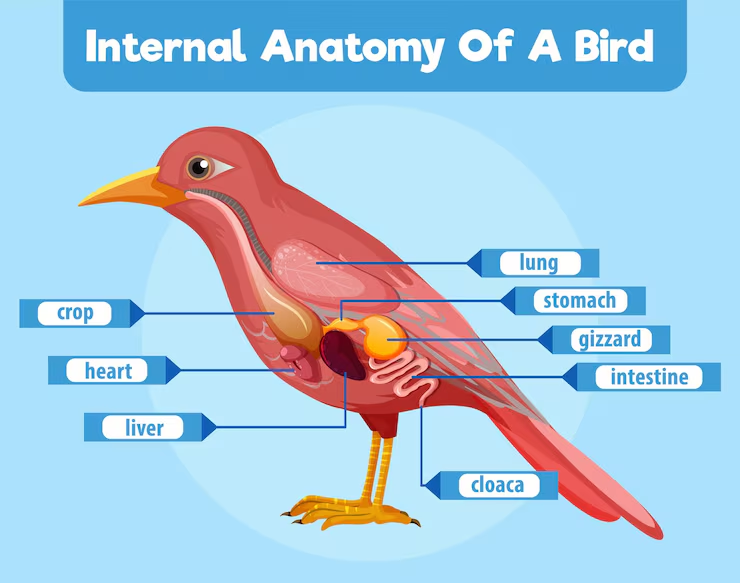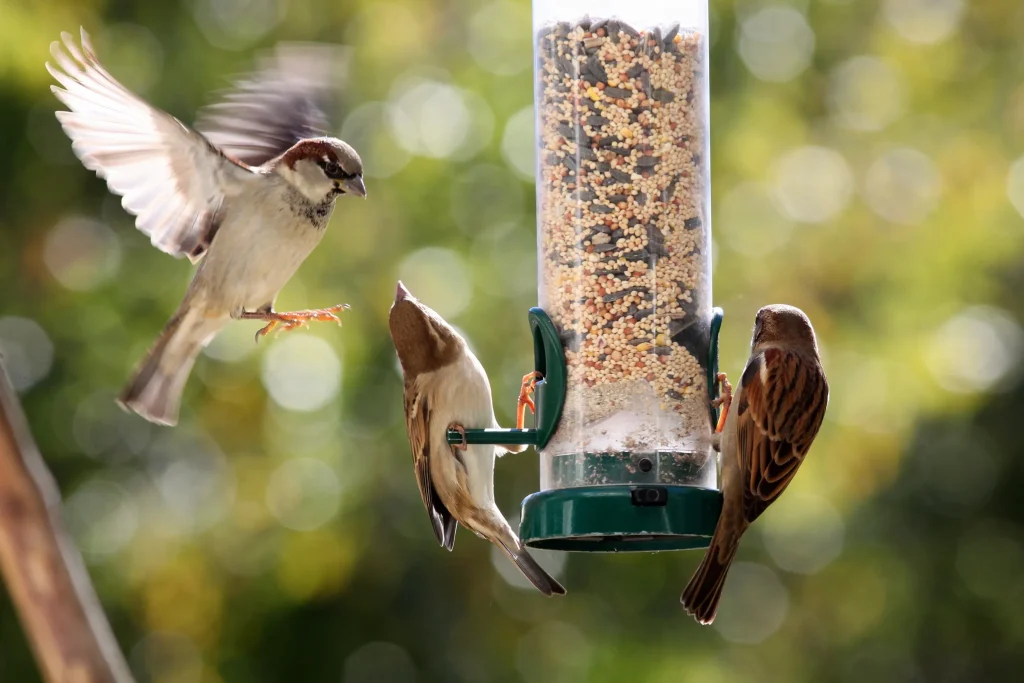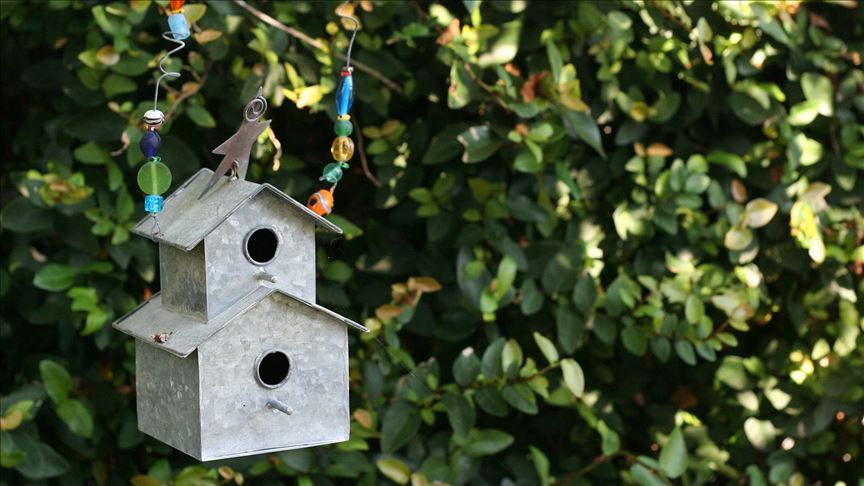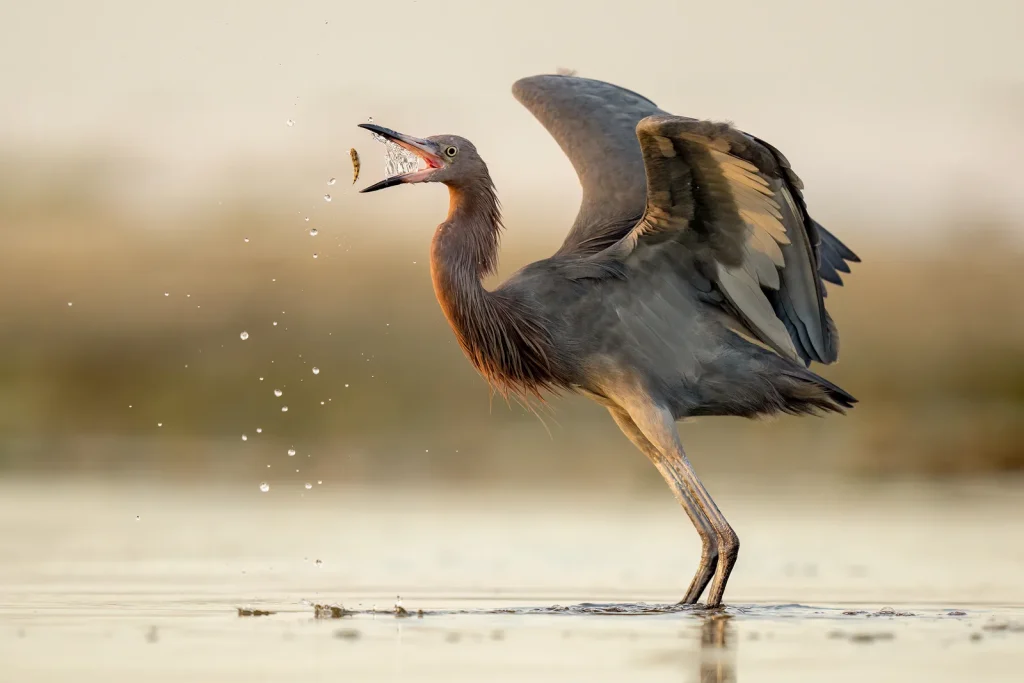Have you ever wanted to create your own bird’s eye view map but didn’t know where to start? Drawing these maps can seem tricky, but with the right steps, you can turn your ideas into clear, impressive visuals.
Imagine being able to show your neighborhood, park, or even a fantasy world from above, just like a bird soaring high. This guide will walk you through simple techniques that anyone can follow. By the end, you’ll have the skills to create maps that not only look great but also tell a story.
Ready to bring your vision to life? Let’s dive in!
Materials Needed
Drawing bird’s eye view maps requires some basic materials. These tools help you create clear and accurate maps.
We will look at three main groups of materials. These include essential drawing tools, paper types, and optional accessories.
Essential Drawing Tools
You need some basic tools to start drawing bird’s eye view maps. These tools help with sketching, measuring, and coloring your map.
- Pencils of various hardness (e.g., HB, 2B)
- Eraser for corrections
- Ruler or straightedge for lines
- Colored pencils or markers for details
- Sharpener to keep pencils fine
Recommended Paper Types
Choosing the right paper affects your drawing quality. Some papers work better with pencils, others with markers.
| Paper Type | Description | Best For |
|---|---|---|
| Sketch Paper | Lightweight and smooth | Pencil sketches and quick drafts |
| Drawing Paper | Heavier and textured | Detailed pencil and colored pencil work |
| Marker Paper | Coated to prevent bleeding | Markers and ink drawings |
Optional Accessories
These extra items help improve your drawing experience and final map look. They are not required but can be useful.
- Compass for drawing circles and curves
- Protractor to measure angles
- Stencil templates for shapes
- Fixative spray to protect finished drawings
- Lightbox for tracing outlines
Basics Of Bird’s Eye View
Bird’s eye view maps show a scene from above. This view helps to see the layout clearly.
Drawing these maps needs some simple rules. You will learn about perspective, common features, and how to simplify scenes.
Perspective And Angle
Bird’s eye view uses a high angle, looking straight down. This angle shows buildings, roads, and land clearly.
The perspective is flat and not distorted. Objects keep their shape but look smaller as they get farther away.
Common Features In Maps
- Roads and paths show connections
- Buildings appear as simple shapes
- Trees and parks are marked clearly
- Water bodies like rivers and lakes are included
- Labels help identify places
Colors and symbols make the map easy to read. These features help people understand the area quickly.
Simplifying Complex Scenes
Complex scenes have many details. Simplify by showing only main elements to keep the map clear.
| Original Scene | Simplified Map |
| Many small buildings | Use block shapes |
| Dense trees | Show tree groups |
| Multiple roads | Draw main roads only |
| Varied terrain | Use simple colors or patterns |
Planning Your Map
Drawing a bird’s eye view map starts with careful planning. This helps you create a clear and accurate map.
Planning includes choosing what to draw, making a rough sketch, and marking important places.
Choosing A Subject
Pick a subject that interests you and is easy to see from above. It can be a park, your neighborhood, or a school.
Choose a place with clear shapes and landmarks. This makes your map easier to understand.
Sketching A Rough Layout
Start with a simple sketch to plan where things go. Use light lines and basic shapes to show roads and buildings.
This sketch helps you see the big picture before adding details. You can fix mistakes easily at this stage.
- Draw main roads as straight or curved lines
- Use squares and rectangles for buildings
- Mark open spaces like parks with circles or ovals
Marking Key Landmarks
Identify important landmarks that help people understand your map. These can be schools, rivers, or big trees.
Mark landmarks clearly with symbols or labels. This guides the reader and makes your map useful.
- Use simple icons for landmarks
- Label places with easy-to-read words
- Keep landmarks spaced to avoid clutter

Credit: www.behance.net
Drawing Step-by-step
Drawing bird’s eye view maps lets you show places from above. It helps people see the layout clearly.
Follow simple steps to create your own map. Focus on shapes, details, and light effects.
Outlining Major Shapes
Start by sketching big shapes like buildings, roads, and parks. Use light lines to mark their positions.
Keep shapes simple and clear. This helps to plan the whole map before adding details.
- Draw rectangles or squares for buildings
- Use lines for roads and paths
- Mark open spaces with simple shapes
Adding Details And Textures
Add smaller features like trees, windows, and street signs. These make the map look real.
Use dots, lines, and small shapes to show textures like grass or roof tiles.
- Draw small circles for tree tops
- Add lines for roof patterns
- Use dots for gravel or grass areas
Incorporating Shadows And Highlights
Shadows show depth and height on your map. Highlights make areas look bright and clear.
Decide where the light comes from. Shade the opposite sides darker and add light on the near sides.
- Shade under buildings and trees
- Use lighter colors on top surfaces
- Keep shadows consistent with light direction
Coloring Techniques
Coloring birds eye view maps adds life and clarity to the drawings. Using the right techniques helps show depth and details.
Choosing colors and applying them carefully creates a clear and attractive map. This guide explains simple coloring tips.
Selecting A Color Palette
Pick colors that match the map’s purpose. Use natural tones for parks and blue shades for water areas.
Limit the palette to 4-6 colors. Too many colors make the map look confusing and busy.
- Use green for grass and trees
- Blue for rivers and lakes
- Brown or gray for buildings and roads
- Yellow or light colors for open spaces
Using Watercolors Or Markers
Watercolors give soft, transparent colors. They work well for large areas like forests or water.
Markers provide bold and bright colors. They help highlight roads or important landmarks clearly.
- Use light watercolors for backgrounds
- Apply markers for sharp edges and details
- Test colors on a separate paper first
Blending And Layering Colors
Blending colors creates smooth transitions and depth. Layer light colors first, then add darker shades on top.
Use a small brush or marker tip to blend edges softly. Layer colors slowly to avoid harsh lines.
- Start with base color for each area
- Add shadows with darker tones
- Use highlights with lighter colors
- Blend edges for smooth look
Enhancing Map Readability
Drawing bird’s eye view maps can be tricky. Clear labels and symbols help others understand your map quickly.
Use simple tools like labels, scales, and icons to make your map easy to read and use.
Labeling Important Areas
Labels show key places on your map. Use clear, short names for streets, buildings, and landmarks.
- Choose a readable font size
- Place labels near the features they describe
- Use contrasting colors for text and background
- Avoid overlapping labels
- Keep labels horizontal for easier reading
Adding Scale And Compass
A scale shows how distances on the map relate to real life. A compass helps users find directions.
| Element | Purpose |
| Scale Bar | Shows real distance for map units |
| Compass Rose | Indicates north and other directions |
Place the scale and compass where they do not block important details.
Using Symbols And Icons
Symbols make your map easy to understand at a glance. Use simple shapes and colors.
- Use circles for points of interest
- Squares can mark buildings or parks
- Lines show roads or rivers
- Use a legend to explain your symbols
- Park
- School
- Building
Common Mistakes To Avoid
Drawing bird’s eye view maps can be tricky. Many beginners make mistakes that affect the map’s clarity.
Understanding common errors helps you create better and easier-to-read maps. Avoid these pitfalls for cleaner results.
Distorted Proportions
One common error is making objects too large or too small. This distortion confuses the viewer about the real scale.
Keep proportions consistent by using a reference scale. Measure objects relative to each other before drawing.
Overcrowding Details
Packing too many details into the map makes it hard to understand. Overcrowding causes clutter and distraction.
- Limit the number of buildings and features shown
- Use simple shapes for distant objects
- Focus on key landmarks only
- Leave empty space for better balance
Ignoring Perspective Rules
Ignoring perspective makes the map look flat or wrong. Bird’s eye view needs accurate angles and lines.
| Perspective Rule | What to Avoid |
|---|---|
| Consistent Vanishing Points | Using multiple vanishing points that confuse depth |
| Correct Horizon Line | Placing horizon too low or too high on the map |
| Proper Angles | Drawing objects at wrong angles that break the view |

Credit: carol-japp.pixels.com
Practice Tips
Drawing bird’s eye view maps takes patience and regular practice. You need to observe details carefully and try new ideas often.
These tips will help you improve your skills step by step. Focus on learning the basics before moving to complex maps.
Starting With Simple Scenes
Begin by drawing small, simple areas from above. This helps you understand shapes and scale better.
- Draw a single house with a yard.
- Sketch a small park with trees and paths.
- Try a street corner with few buildings.
- Focus on basic shapes like squares and circles.
- Use light lines to plan your drawing first.
Studying Real Maps
Look closely at real bird’s eye view maps to learn how professionals show details. Notice how roads, buildings, and parks are drawn.
| Map Element | Common Symbols | Tips for Drawing |
| Roads | Lines or shaded paths | Keep roads smooth and clear |
| Buildings | Blocks or rectangles | Use simple shapes and add windows |
| Parks | Green areas with tree icons | Draw clusters of small circles for trees |
| Water | Blue areas or waves | Shade lightly and add waves or ripples |
Seeking Feedback And Improvement
Sharing your maps with others helps you get better. Feedback shows what works and what needs change.
Ways to Get Feedback:
- Join online art or map drawing groups
- Ask friends or teachers for opinions
- Post your work on forums and ask for tips
- Compare your maps with others’ work
- Keep a journal to track your progress

Credit: www.behance.net
Frequently Asked Questions
What Is A Birds Eye View Map?
A birds eye view map shows an area from above, like a bird flying overhead. It helps visualize layouts clearly and is used in urban planning, gaming, and navigation.
How Do I Start Drawing Birds Eye View Maps?
Begin by sketching a rough outline of the area from above. Focus on main landmarks, buildings, and streets, then add details gradually for accuracy and depth.
Which Tools Are Best For Drawing Birds Eye View Maps?
Use pencils for initial sketches and fine liners for details. Digital tools like graphic tablets or software such as Adobe Illustrator improve precision and editing ease.
How Can I Make Birds Eye View Maps More Realistic?
Add shadows, textures, and color variations to create depth. Use consistent scale and perspective to ensure elements look proportionate and enhance overall realism.
Conclusion
Creating bird’s eye view maps can be rewarding and fun. Start with simple shapes to sketch out your map. Keep practicing to improve your perspective drawing skills. Use colors to make your map vibrant and engaging. Study real maps for inspiration and ideas.
Practice regularly to enhance your map drawing abilities. Remember, patience is key to creating detailed maps. Share your maps with friends or online communities for feedback. Enjoy the process and let your creativity flow. Drawing maps can be a relaxing and creative activity for everyone.





